Now read the story of 40 years of biotech in Flanders
The Flemish biotech sector is world-renowned. Flanders is a world player in 'life sciences', the study of all life forms, and in particular in biotechnology, the practical application of that knowledge through technology.
Thanks to a fruitful cross-fertilization between high quality healthcare, excellent scientific research, daring entrepreneurship, risky financing and a supportive government, an academic and industrial network has emerged in Flanders over the past forty years that is considered unique in Europe. 'Flanders Biotech Valley', between Meuse and North Sea, has become synonymous with quality.
As the driving forces behind the Flemish Institute for Biotechnology (VIB) and flanders.bio, Jo Bury, Johan Cardoen and Dirk Reyn have been closely involved in the development of the Flemish biotech industry. When they realized that some of the iconic pioneers of the Flemish biotech story were quietly retreating and becoming less visible, they decided to write down the story of Flemish biotech in this book.
Biotech in Flanders - A Stunning Story came about in collaboration with Witsand Publishers, VIB, flanders.bio and Flanders Investment & Trade.
Book launch
On May 31, 2023, the Dutch version of the book Biotech in Flanders was presented to the general public during the State of the Union, an event organized by flanders.bio and VIB on the eve of Knowledge for Growth.
A stunning story
In those 40 years, Flemish researchers and pioneers have made discoveries that affect more than two million patients a year and are used daily in agriculture, labs and medical cabinets.
Entrepreneurs and their teams have had hundreds of meetings to convince investors to back these Flemish innovations and their story over all those other investment proposals that landed on their desks. With success. More than 10 billion euros found its way through Euronext, Nasdaq, Easdaq or private investments to Flemish biotech companies. Every euro invested in the sector became at least four euros ten years later, and every euro the Flemish government invested in the research of the Flemish Institute of Biotechnology (VIB) is worth eleven euros today.
Some sixty thousand people today work directly or through supporting jobs in the Flemish biotech sector. That is a stunning story, without question. It is a story of people and teams. Of perseverance, of trial and error and of chance discoveries and encounters.

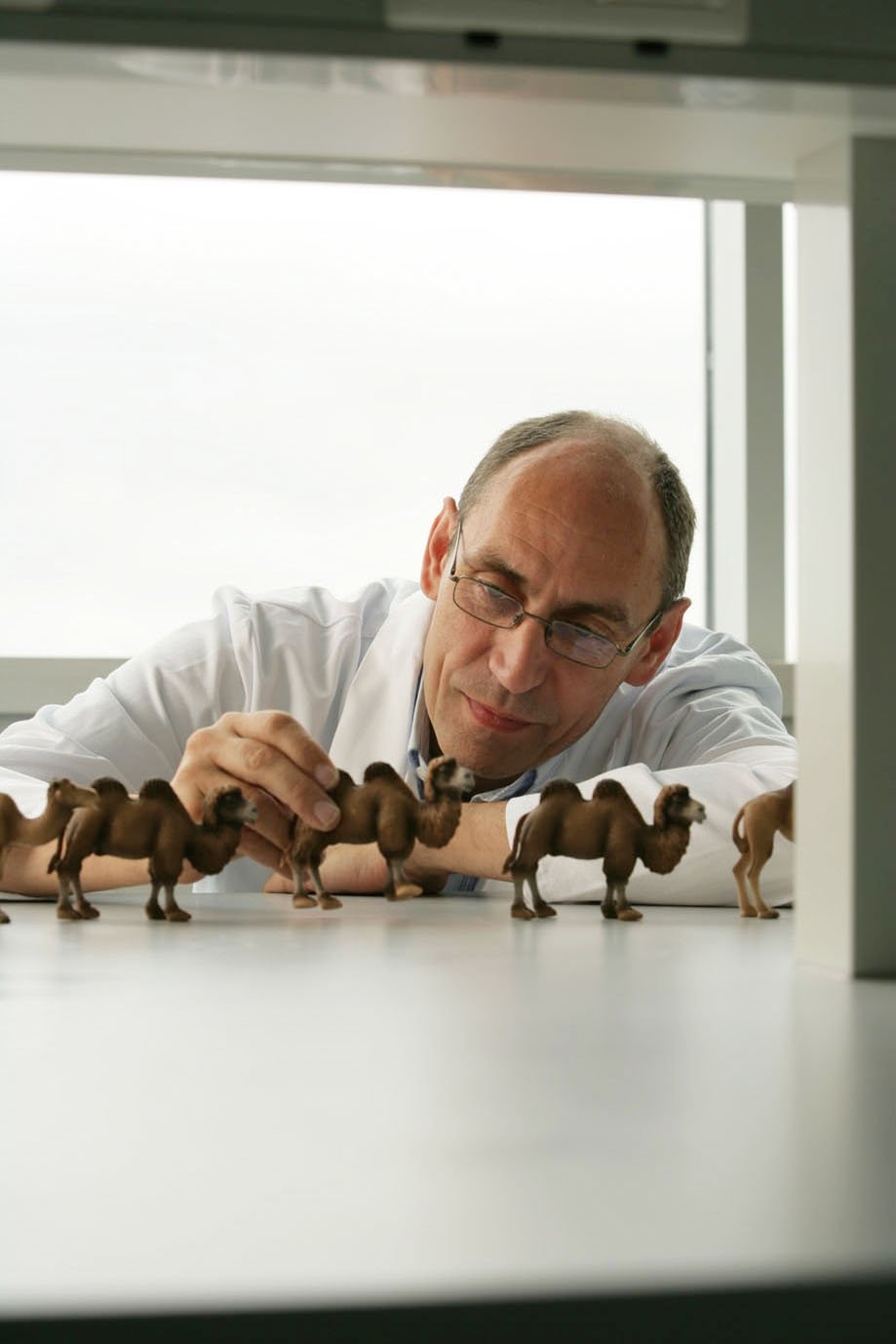

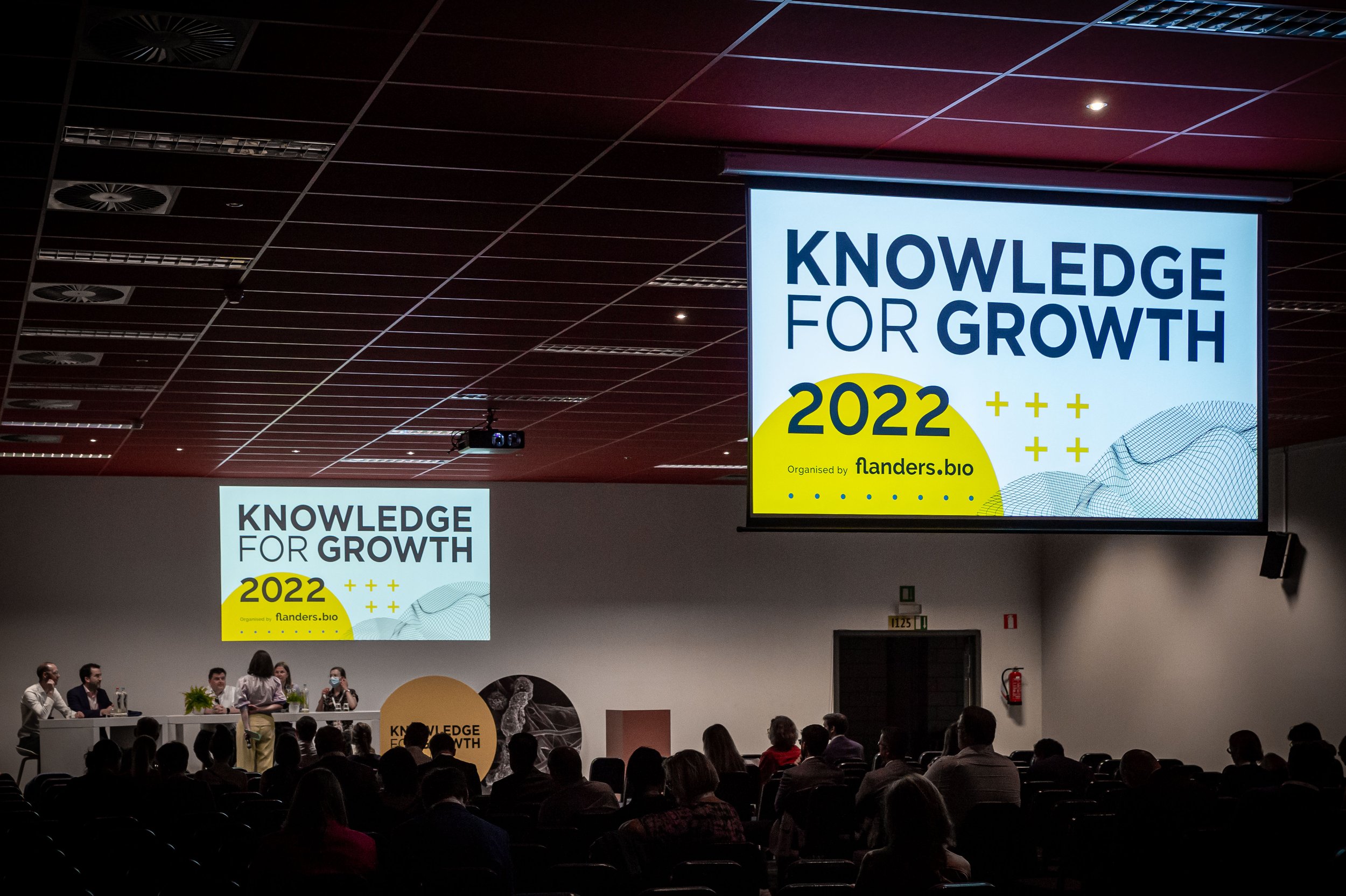
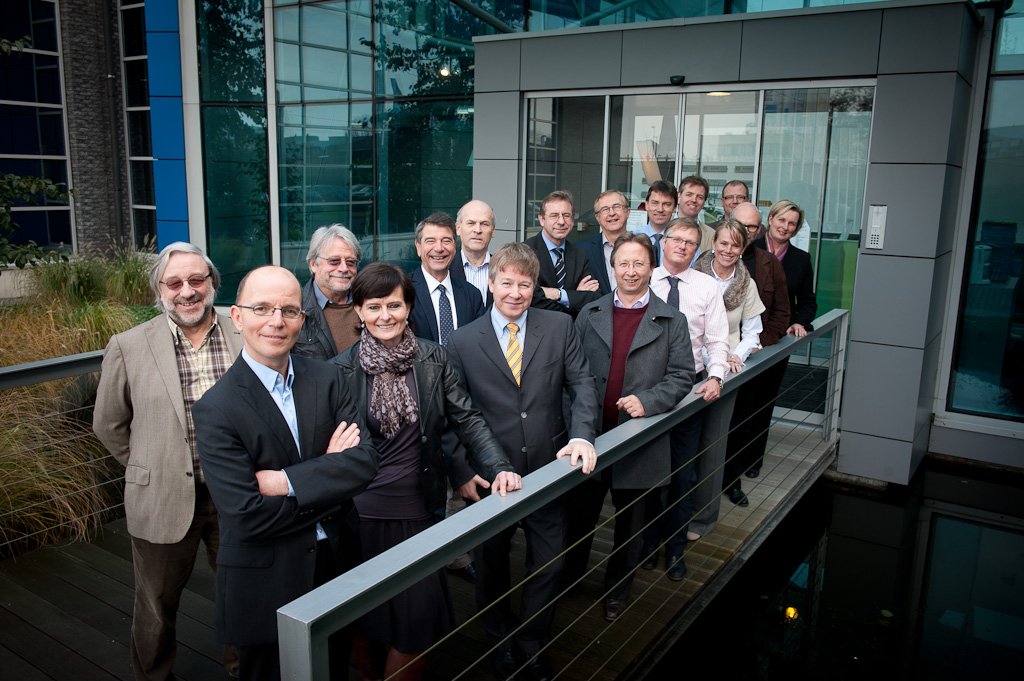
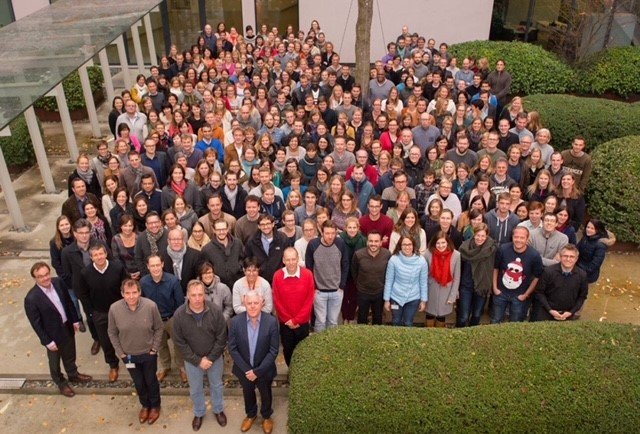

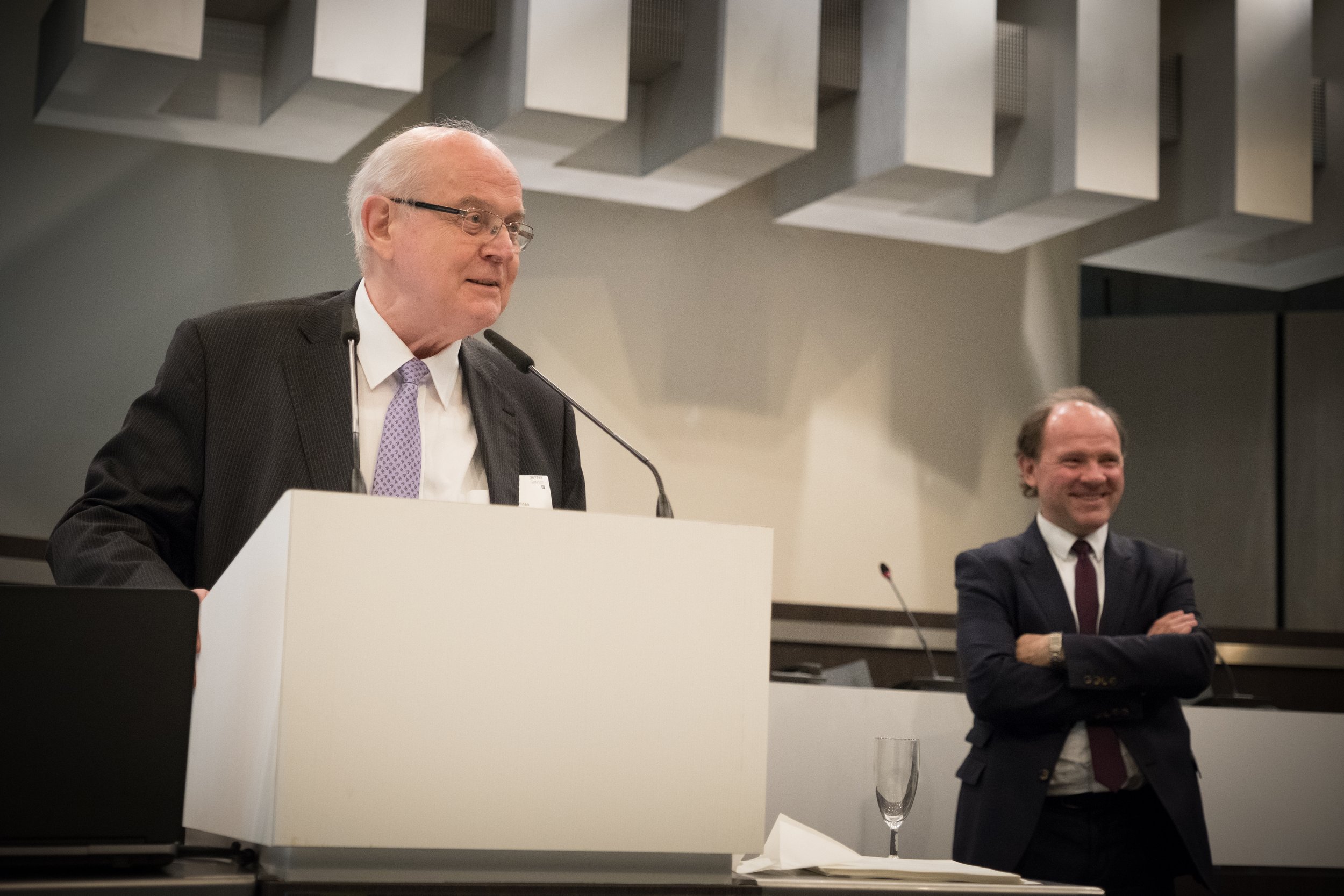
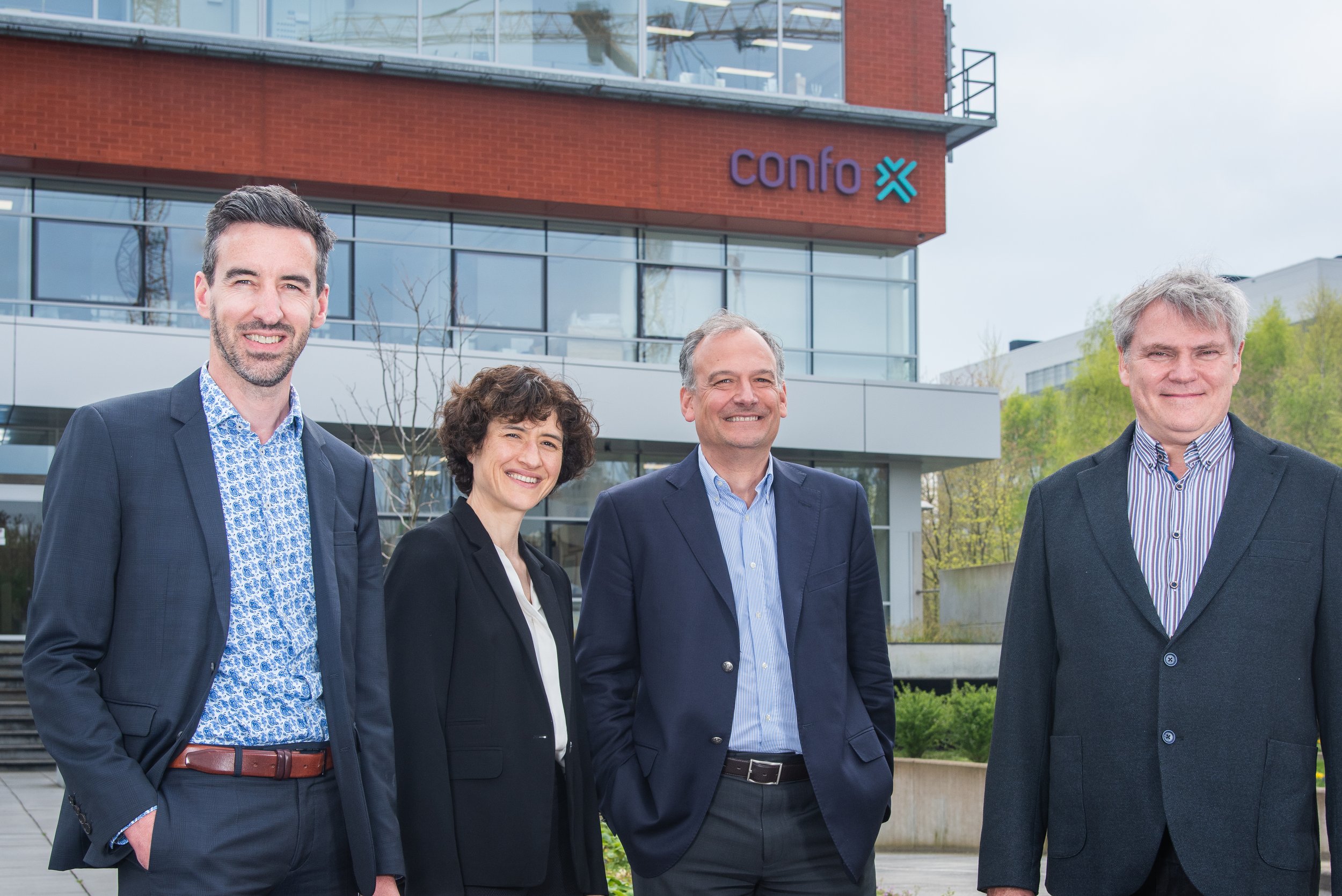

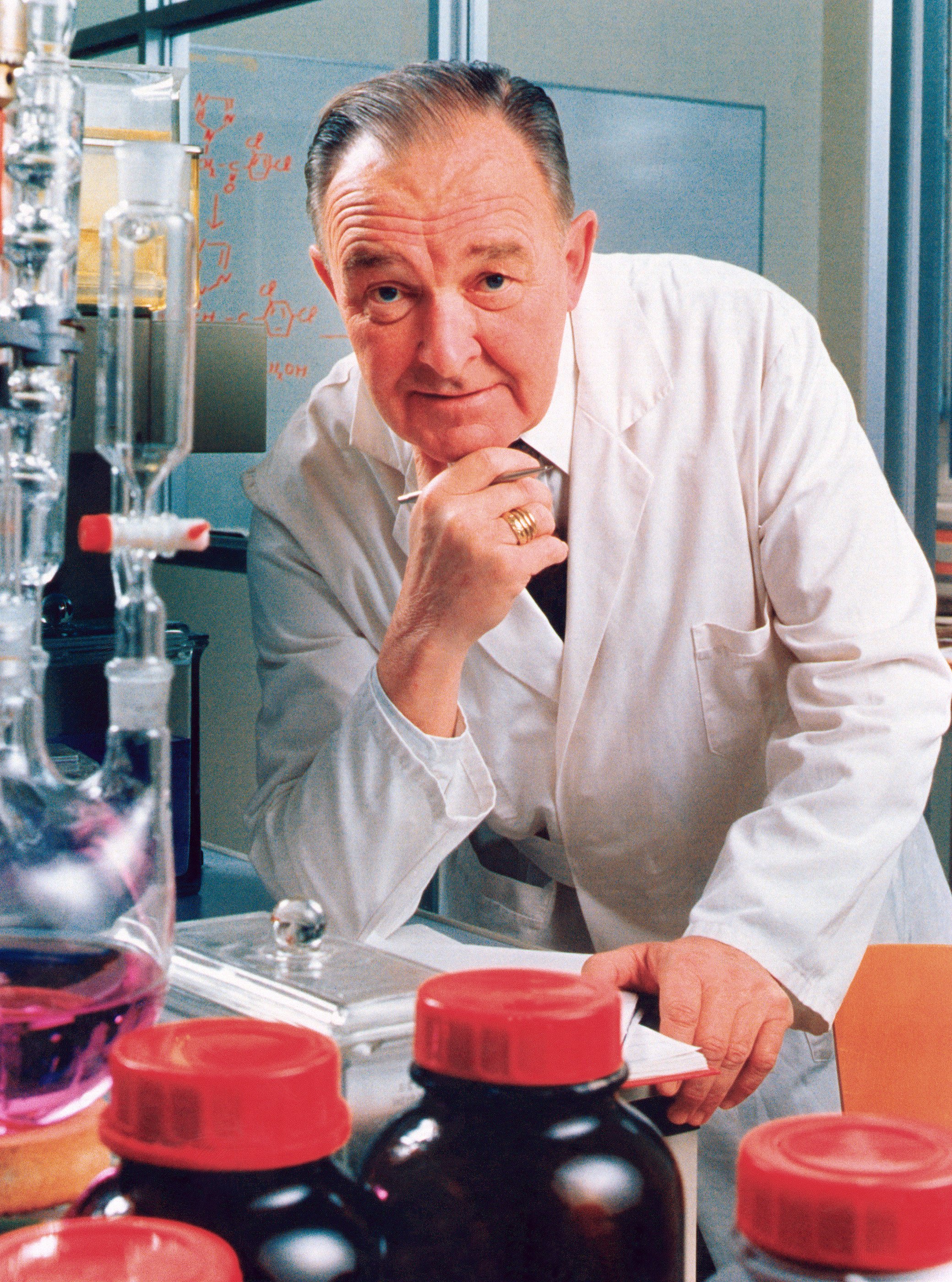


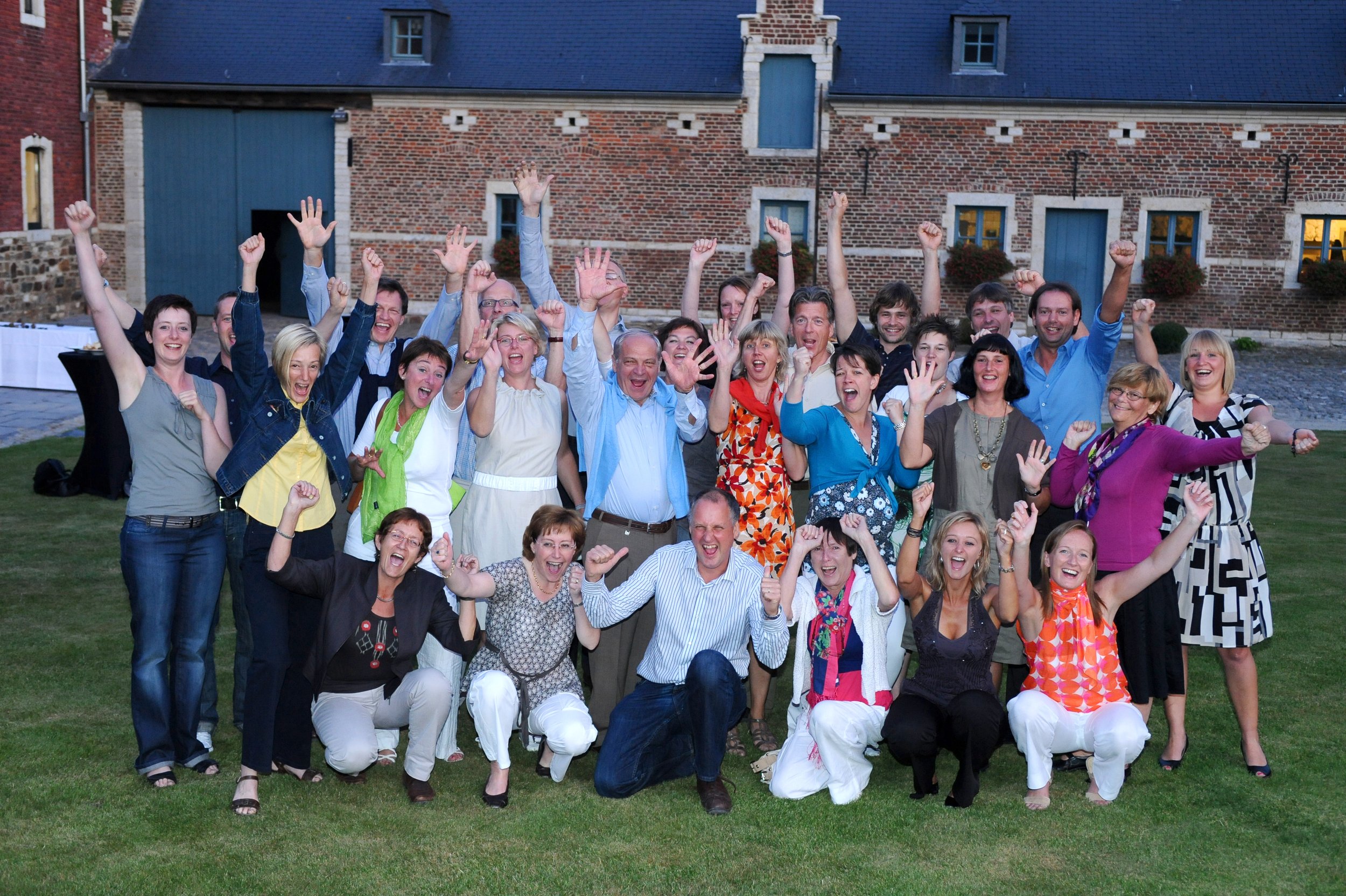
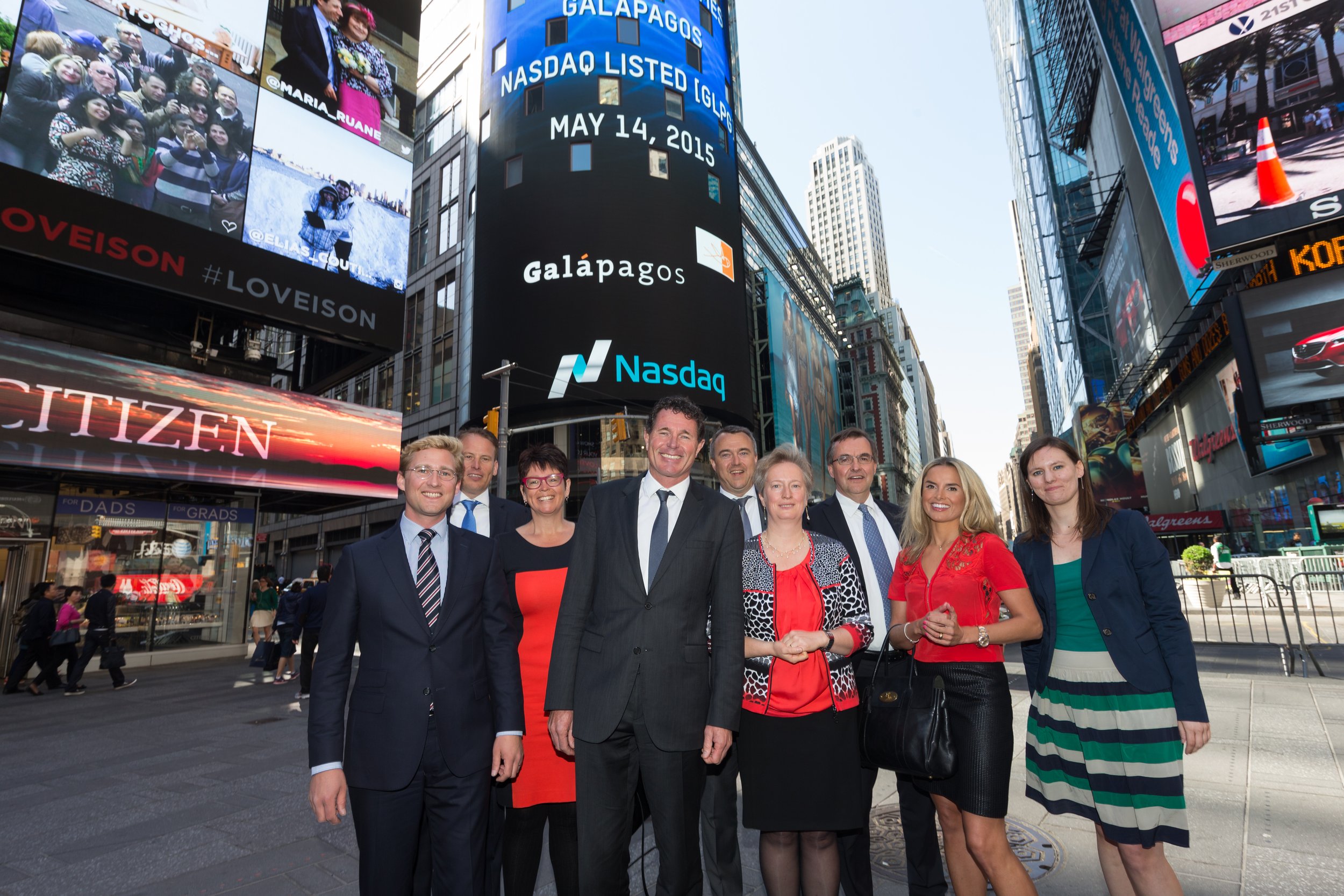
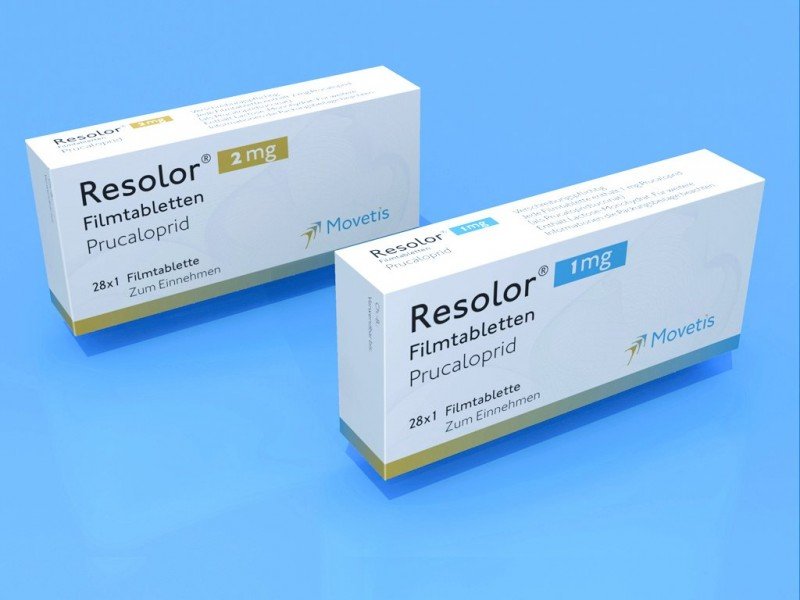
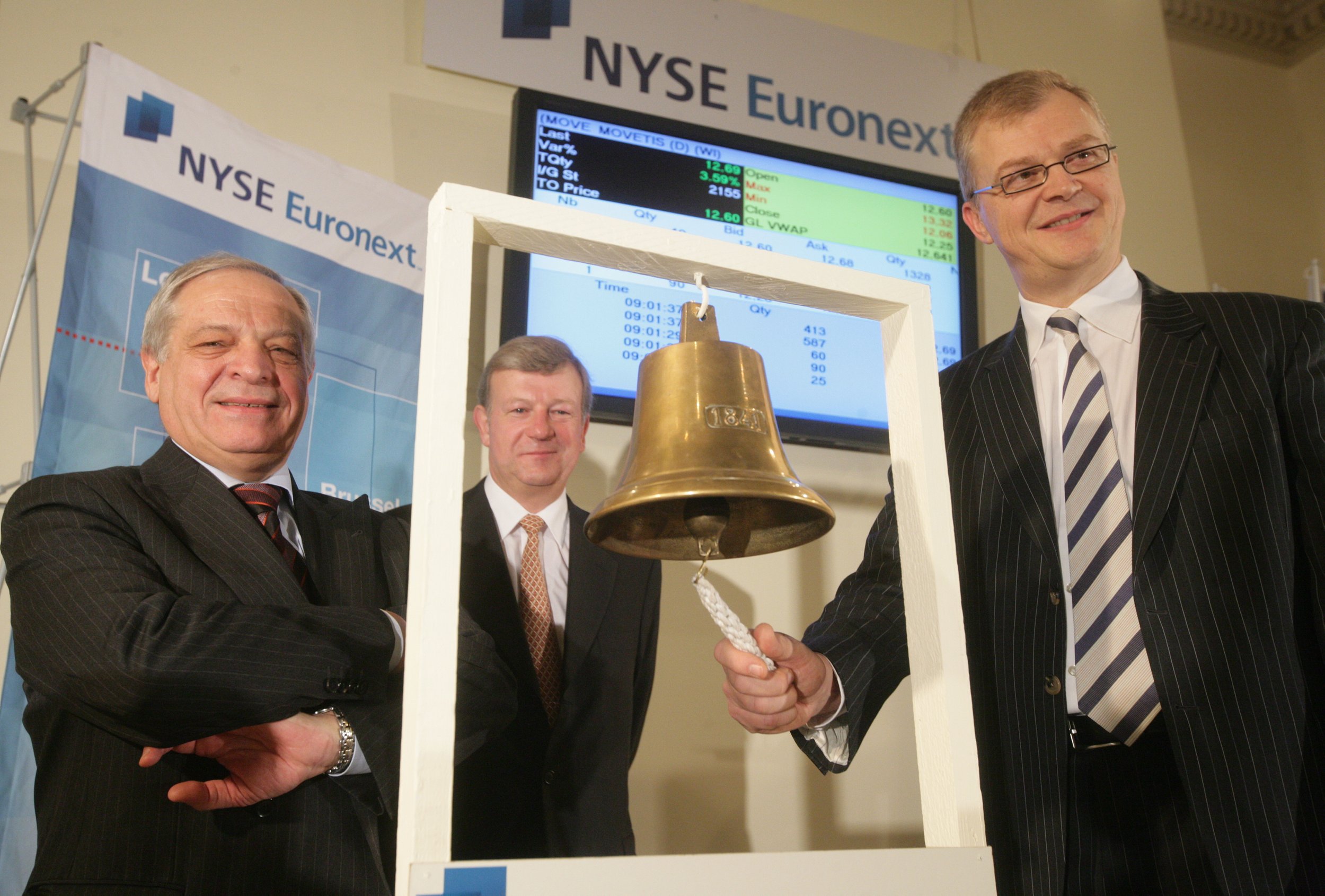
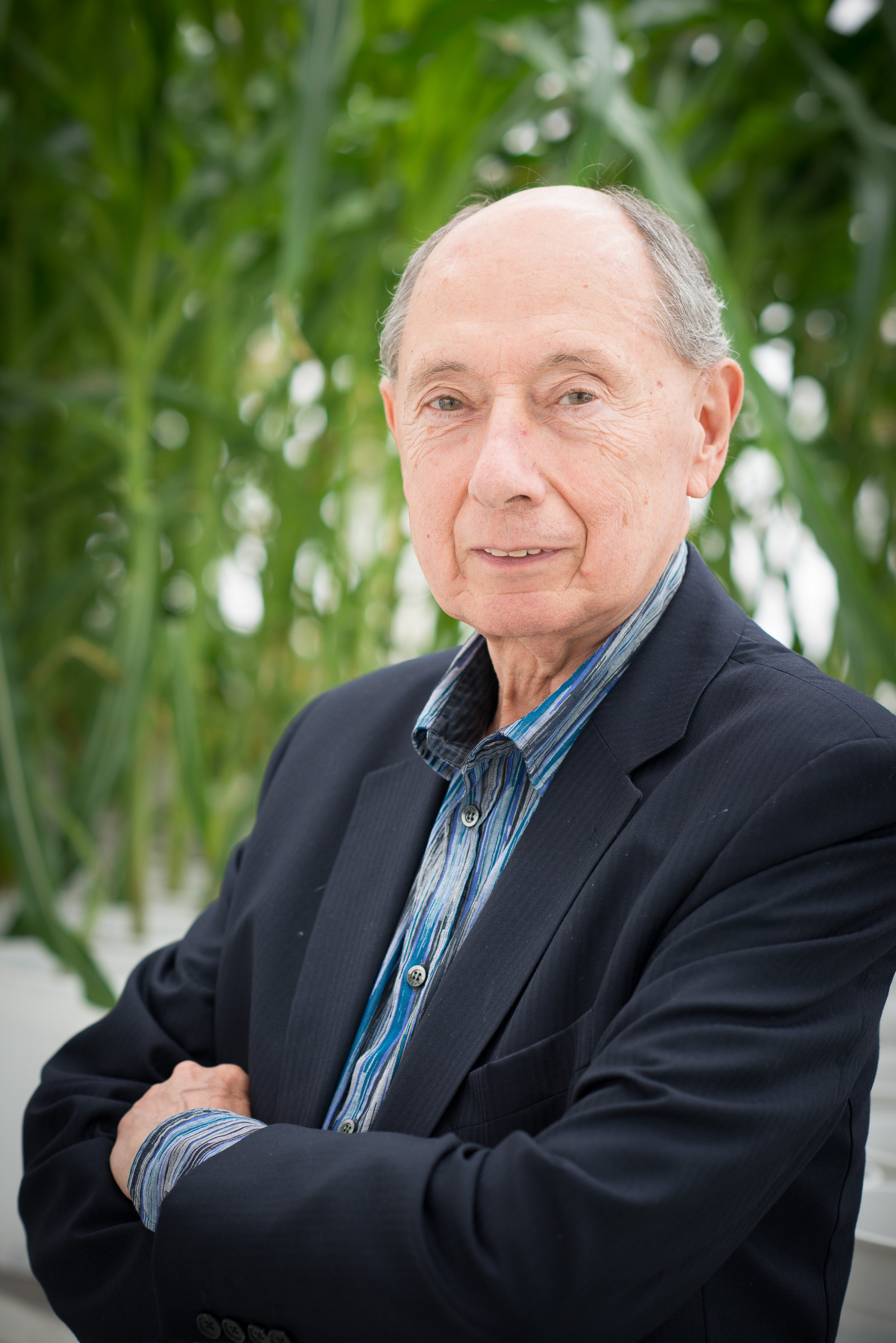

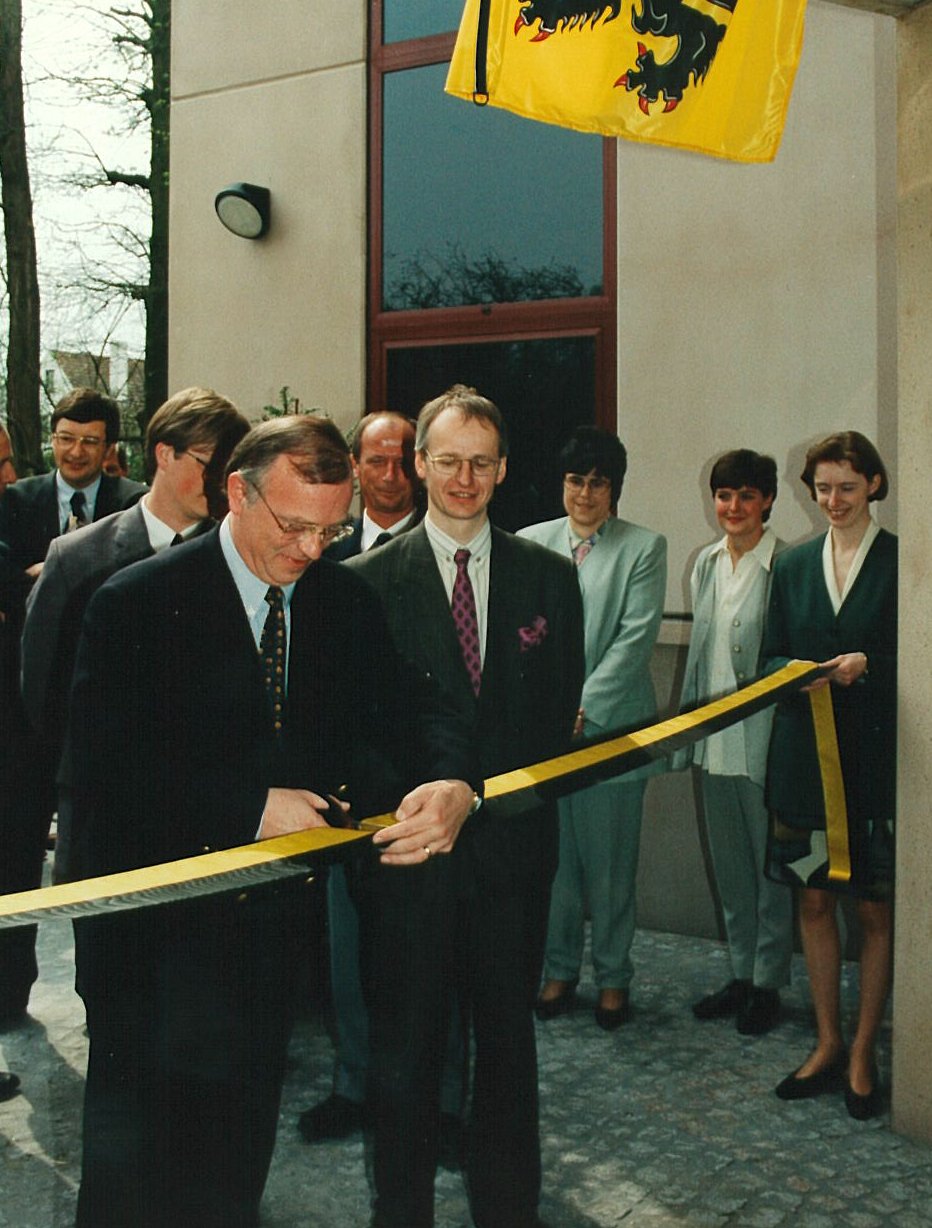
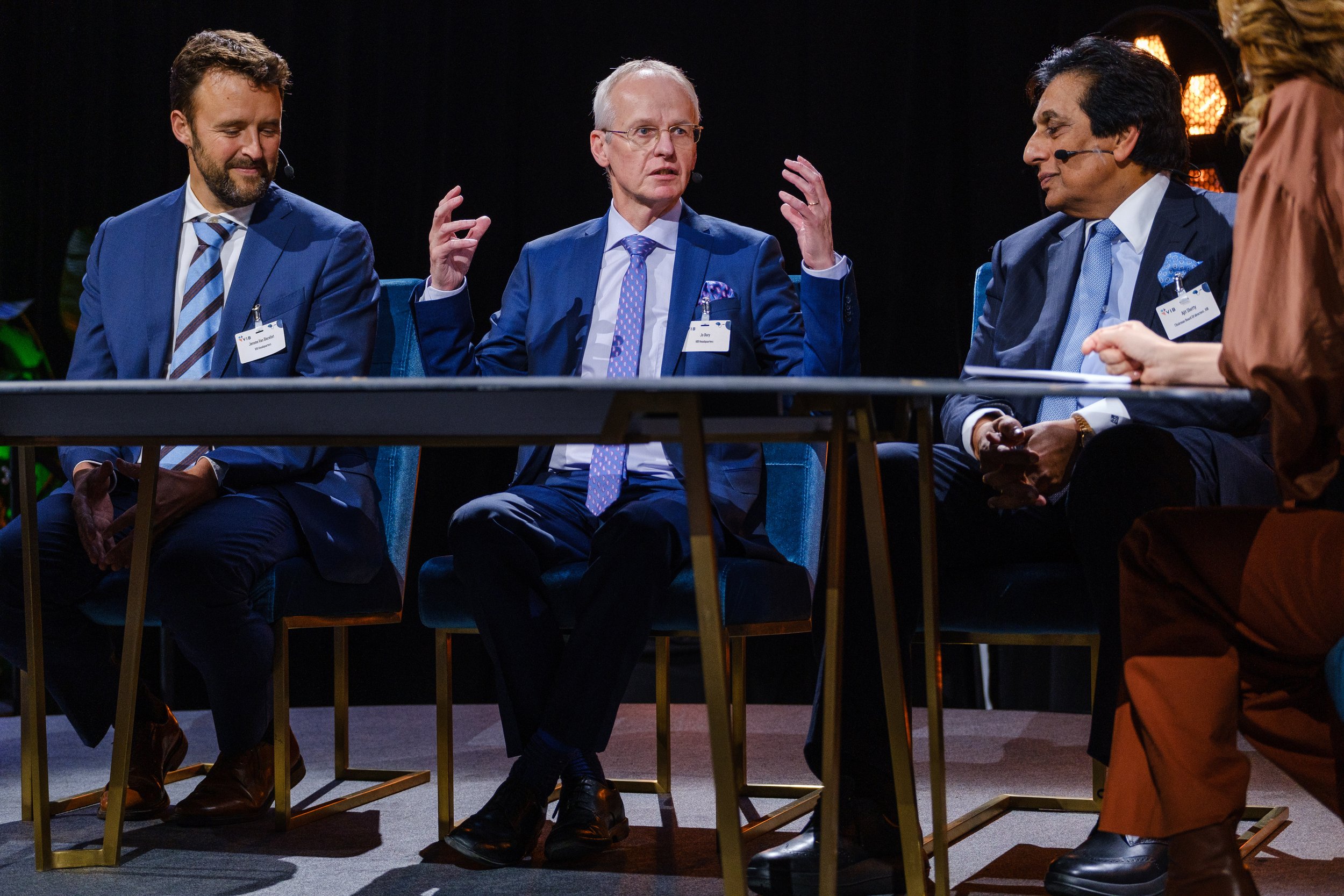
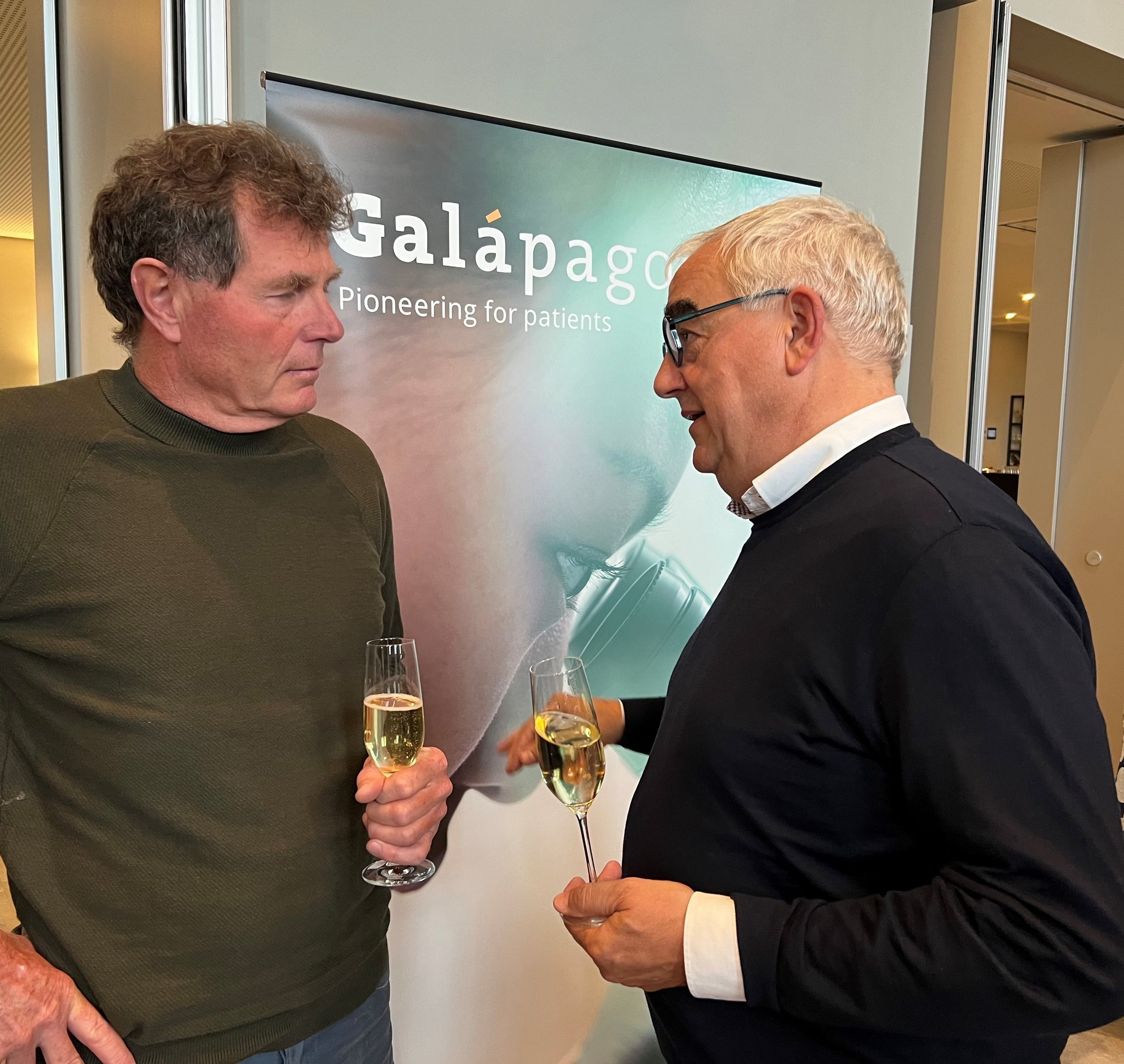
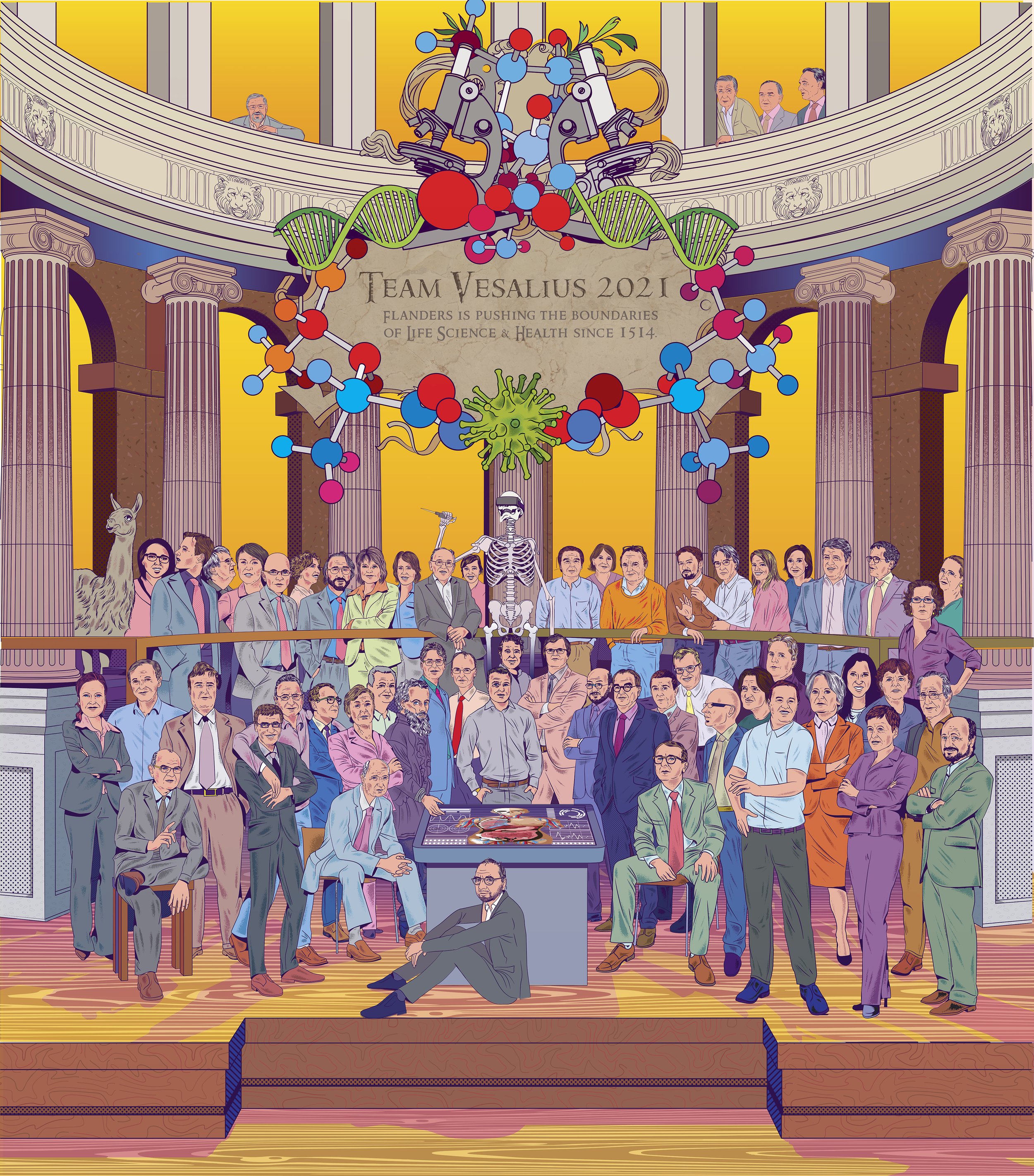
About the authors
Jo Bury
Jo Bury is founder and former Director of VIB, the Flemish Institute of Biotechnology. From November 1995 to March 2022, he was Managing Director of VIB.
He was Operational Director of VLAB (Flemish Biotechnology Action Program) and scientific advisor to federal and regional bodies such as IWONL-IRSIA, IWT.
Jo Bury served on the Board of Directors of several research intensive companies, research institutions , and supporting bodies. He was / is SAB for several research centers in the life sciences.
Johan Cardoen
Until May 31, 2012, Johan Cardoen was CEO of CropDesign nv. From June 2012 to May 1, 2020, he was Managing Director of VIB.
Until July 1, 2020, he was also Chairman of the LP Board of V-Bio Ventures, a dedicated life sciences investment fund focused on early stage investments in life sciences. He served on the Board of Directors of several biotech companies. Furthermore, from 2007 to May 2012, he was Chairman of flanders.bio.
Today he is an independent consultant and entrepreneur in the life sciences.
Dirk Reyn
Dirk Reyn has acquired skills in the international pharmaceutical and biotech industry over a period of more than 35 years. He was a key player in several pharmaceutical licensing deals, mergers and acquisitions while working for Janssen Pharmaceutica in Beerse.
He is the founder of Movetis, co-founder and ex-CEO of eTheRNA and co-CEO/co-founder of Spectricity.
He is currently one of the three managing partners of Bioqube Ventures, which manages a biotech fund with more than ten European biotech investments. He has also been Chairman of flanders.bio since 2018.
The book is based on interviews with dozens of privileged witnesses to the story of Flemish biotech and on a great many public documents and reports.
It answers questions such as: what is a cell and how did we evolve in half a century from the first tentative sketch of the DNA molecule to profound insights into the role of genes, proteins, sugars and fats and in disease and health of humans, animals and plants?
Above all, Biotech in Flanders - A Stunning Story is an inspiring guide for those who want to gain insight into the ins and outs of an innovative and research-driven sector, working day after day on products that continually make the lives of millions of people safer, healthier and more sustainable.
A new competence center
Starting from a blank sheet of paper …
In early 1994, Jo Bury and Rudy Dekeyser, experts at the Agency for Innovation through Science and Technology (IWT), receive a phone call from their superior, Christine Claus. The message says they are expected at the Minister President’s office in an hour. At that time, Bury and Dekeyser are in charge of the Flemish Biotechnology Action Program (VLAB), which is subsidizing a number of academic Emerging Technology Centers (ETCs).
During their talk, Van den Brande argues that Flanders has enormous potential in the life sciences. Our scientists have a worldwide reputation with their cutting-edge research. But unlike what he has seen in the United States and Canada, this knowledge translates too little into economic and societal added value for Flanders. Van den Brande wants to invest one billion Belgian francs (about 25 million euros) annually to put Flemish biotechnology on the international map. But only on the condition that a knowledge economy will result. There must be ‘valorization’.
Excellence in research must be a spearhead, but the translation into social and economic value is at least as important. From the beginning, Van den Brande makes it clear that he does not want to give researchers a blank check. As Minister-President of Flanders, but also as Minister of innovation and economy, he considers it important to link innovation to economic value. So with his initiative, he does not want to focus on ‘basic research for research’s sake’, ‘l’art pour l’art’ – as he puts it. No, the results must be translated into economic and social development, employment and new products. “Here is a white sheet of paper, it is up to you to come back with a plan to realize this ambition,” Vanden Brande concludes the meeting.
“We stood bewildered back on the street. With a white sheet in our hands and a giddy head,” says Jo Bury. “How were we supposed to shape that plan?” Inspiration comes quickly, however ... Thanks in part to Dirk Callaerts, Van den Brande’s cabinet member at the time. Bury, Dekeyser and Callaerts form an operational trio, under the watchful eye of IWT Director General Christine Claus.
The first version of the plan consists of a series of ‘bullet points’, no more. These bullet points outline how to get from knowledge to economic and societal value. “These were simple, obvious things: patenting knowledge, licensing that knowledge to companies, pooling technologies to create start-ups, ensuring financial support – partly from the government, partly private capital ... in short, the ABC of technology transfer,” Dekeyser recalls.
The trio immediately envisions the creation of a new institute, not a new organization that awards grants for research. This would mainly reinforce the existing fragmentation and create too little strategic impact. They only see benefit in a real institute that in itself is responsible for the entire innovation chain: from knowledge creation to spin-off company. They will bet on excellence in basic research, concentration of resources, long-term structural funding and the professional development of a full innovation pipeline. “The strength of the chain is determined by the weakest link. So all the links had to be strong,” Bury says.
Provided financial support for this book (in order of their contribution / alphabetically)
FIT, flanders.bio, VIB
anacura, Janssen Pharmaceutica, PwC, Ajit Shetty, Ghent University Hospital
BASF Innovation Center, Biotalys, Jo Bury, Johan Cardoen, Désiré Collen, Droia Ventures, Gimv, KBC Securities, KU Leuven, QbD Group, Dirk Reyn, Sanofi, Tim Van Hauwermeiren, VUB
Bioqube Ventures, ExeVir, imec
De Clercq & Partners, Ruth Devenyns, eTheRNA, Euronext, IQVIA, Rudi Mariën, Qbic - Wim Van Camp, ReMYND, V-Bio Ventures, Mark Vaeck
Patrik De Haes, UAntwerpen, University Hospital Antwerp, Staf Van Reet, Marc Zabeau









